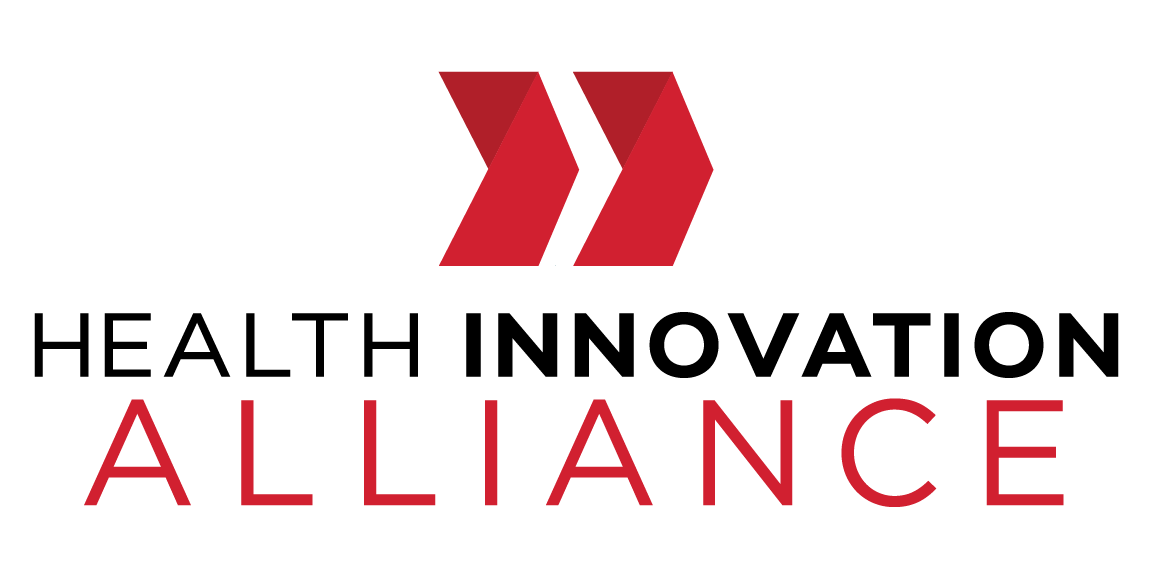Cut the red tape tying up e-medicine
Politico by Randy Milch (Executive Vice President of Public Policy & General Counsel, Verizon)
January 25, 2013
In this country, we spend $3 trillion a year on health care — almost 20 percent of gross domestic product with such costs rising at more than 5 percent a year. At the same time, the state of Americans’ health has declined by almost 70 percent compared with the 1990s, with life expectancy now shorter than virtually any other developed country in the world.
The fact that costs are up and health care outcomes are down is particularly frustrating because so many of the potential solutions to shifting the “cost curve” and improving and expanding health care options are literally at our fingertips, if only policymakers could address outdated rules from the days when house calls were “mobile health care.”
Many of the most powerful answers to cost and access lie in the anytime-anywhere nature of high-speed broadband networks, which have engendered a host of devices and applications that both empower consumers to take greater control of their own health care and increase efficiencies in health care provision. Real-time video consultations with doctors, mobile devices with applications to improve diet and exercise, connected biometric devices for home health monitoring of vital signs, medication tracking, glucose level monitoring or even heart-attack detection are all in the medical marketplace. Verizon is doing its part by using our state-of-the-art networks to create a communications system that will allow the secure delivery of these e-medicine advances.
But today these technologies are hemmed in by state borders and legacy rules. For example, state-by-state practice requirements and fees inhibit the practice of telemedicine, a simple way to improve efficiency and delivery of care.
Technology allows us to monitor vital signs from miles away, use our smartphones or embedded wireless modules to measure key health indicators, and to examine CT scans taken in a facility across the country. Likewise, there has been a change in the way providers’ abilities are measured. Instead of relying solely on state-by-state requirements, credentialing and certification now occurs at the level of health care organizations.
The outdated legal barriers to solutions like telemedicine hurt those who need care the most — disadvantaged communities hit hard by chronic conditions such as heart disease and diabetes, rural populations with limited access to health care, and senior citizens relying on a dwindling number of primary-care providers in the Medicare and Medicaid programs.
